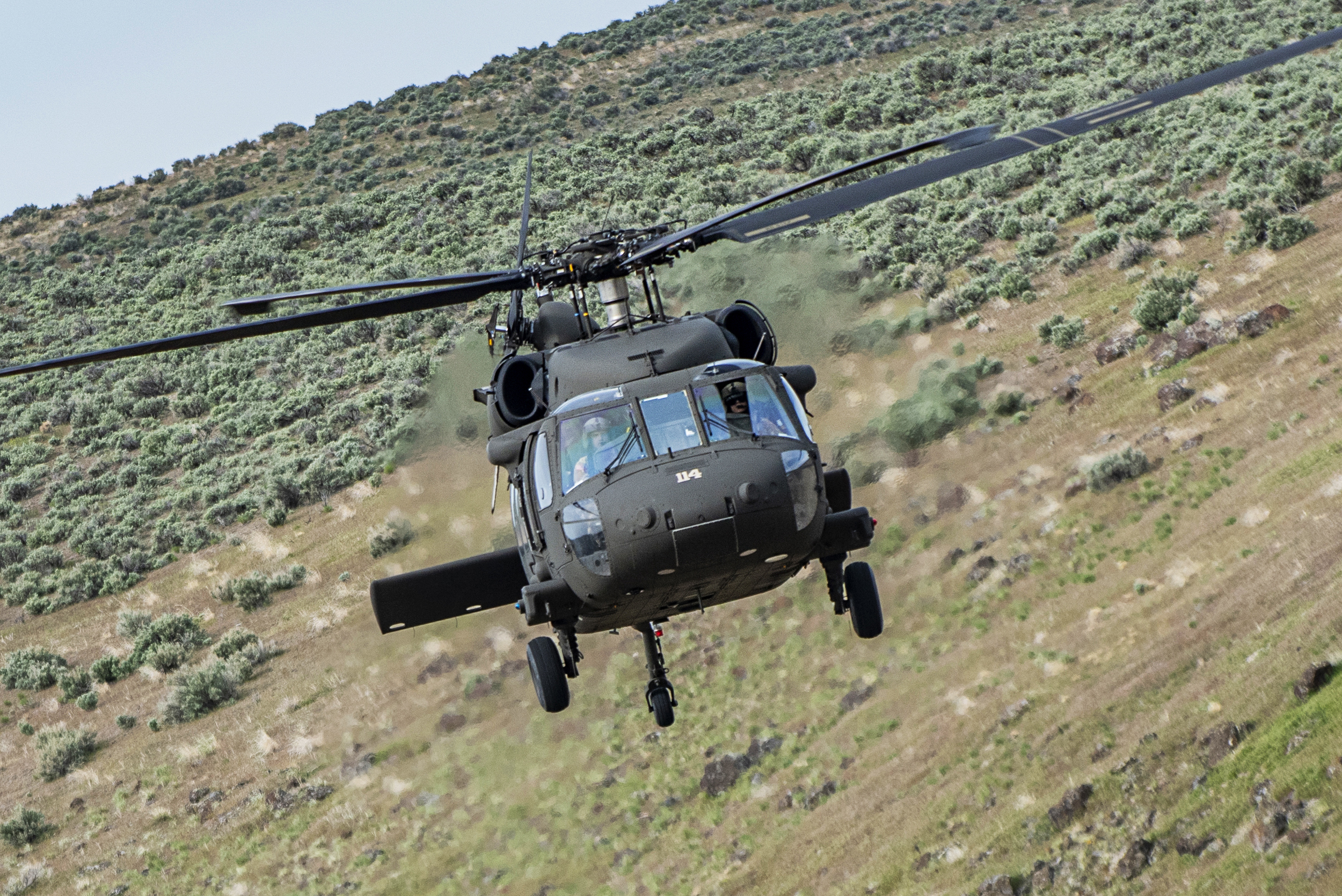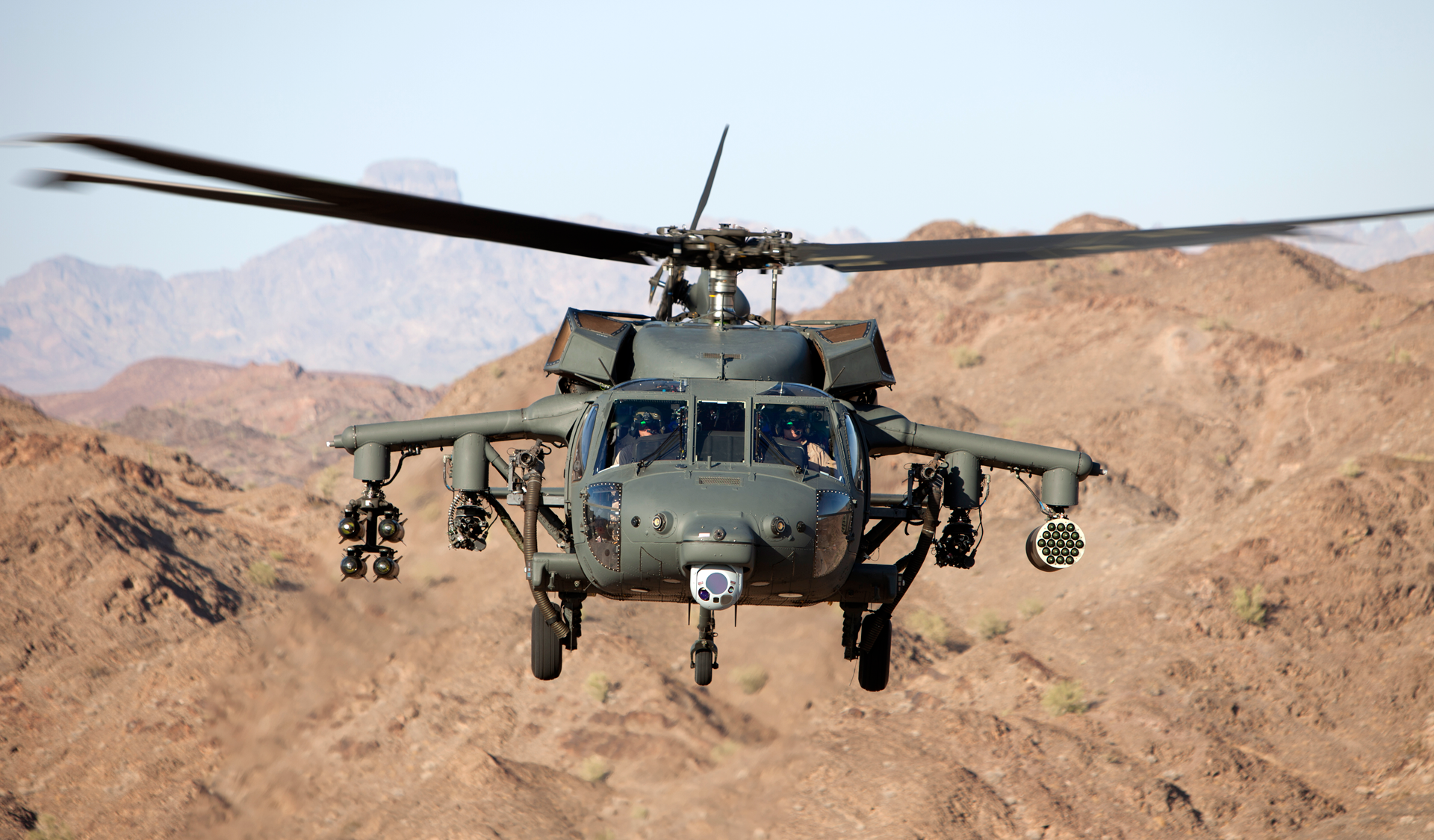Blackhawk Helicopters: Changing Army and Civil Aeronautics
The introduction of Blackhawk helicopters in the late 1970s marked a significant evolution in both army and civil air travel. As we examine their extensive impact, it is important to think about the future trajectory of Blackhawk aviation and the difficulties that might lie ahead in a rapidly changing landscape.
Background of Blackhawk Helicopters
Historically, the growth of Blackhawk helicopters began in the 1960s, driven by the United States Military's requirement for a versatile energy aircraft to change the aging fleet of helicopters in solution at that time. The Army sought a platform that could execute a selection of missions, consisting of army transportation, clinical emptying, and logistical assistance, with boosted array, payload, and rate capacity. In 1972, Sikorsky Airplane Corporation was awarded the agreement for the new style, which would become recognized as the UH-60 Blackhawk.
The Blackhawk's style was defined by sophisticated technologies, including a twin-engine arrangement, a four-blade main rotor system, and a durable airframe developed for resilience in fight circumstances. The first flight of the model happened in 1974, and by 1979, the Blackhawk got in service, promptly becoming a foundation of the Military's aeronautics capacities. Its operational adaptability and reliability appeared in various military procedures throughout the 1980s and past. Over the years, the Blackhawk has actually undergone countless upgrades, ensuring its importance in contemporary warfare while additionally paving the method for its adjustment in civil air travel duties, further strengthening its standing as a legendary aircraft.
Armed Force Applications and Effect
The versatility of the UH-60 Blackhawk has made it an important asset in various armed forces applications given that its intro. Developed for multi-role capabilities, the Blackhawk sustains troop transport, medevac operations, reconnaissance objectives, and logistical support. Its ability to run in diverse atmospheres, from city setups to tough surfaces, improves its efficiency in combat and altruistic goals alike.
Blackhawks have actually played critical roles in various military operations, consisting of the Gulf War and procedures in Somalia and Iraq. They master quick troop deployment and emptying, significantly boosting functional efficiency and feedback times. The helicopter's advanced avionics and trip systems permit for precision goals under unfavorable weather and in the evening, thereby making best use of goal success prices.
Additionally, the Blackhawk's durable building and effective efficiency enable it to withstand hostile environments, making it a recommended option for unique procedures pressures. Its impact expands past straight fight roles, as it has actually additionally contributed in calamity alleviation and recuperation efforts, showcasing its versatility and reliability. The ongoing evolution of the Blackhawk's capacities ensures its importance in modern army strategy, solidifying its legacy as a foundation of army aeronautics.
Technological Technologies
Various technical innovations have actually dramatically improved the capacities of the UH-60 Blackhawk, ensuring it continues to be at the forefront of armed forces aviation. One of one of the most notable developments is the assimilation of innovative avionics systems, which offer pilots with real-time data, enhancing situational awareness and decision-making. The introduction of digital cockpit screens changes standard analog tools, simplifying procedures and decreasing pilot workload.
Furthermore, the unification of composite materials has enhanced the helicopter's structural integrity while decreasing weight, thus boosting gas effectiveness and haul capacity. The Blackhawk's blades system has actually additionally evolved, including quieter and a lot more reliable blades that reduce noise trademarks, crucial for hidden procedures.
Furthermore, the application of fly-by-wire technology boosts trip control precision and stability, allowing for much better efficiency in numerous settings. Boosted communication systems make it possible for secure and trustworthy info exchange, helping with collaborated goals.
The versatility of the Blackhawk has additionally been boosted via modular style, enabling fast reconfiguration to meet varied mission demands. These developments jointly ensure that the UH-60 Blackhawk remains an important property in the collection of modern pop over to this site army forces, with the ability of responding successfully to a variety of operational obstacles.
Civilian Benefits and makes use of


Additionally, Blackhawks are used in firefighting operations, specifically in challenging surfaces. Equipped with water containers or aerial firefighting innovations, they boost the abilities of ground crews, allowing extra efficient responses to wildfires. In addition, the helicopters have located functions in police and search-and-rescue objectives, reinforcing public web link security initiatives in city and wild setups.
In the world of framework assistance, Blackhawk helicopters are utilized for transportation of workers and equipment to hard-to-reach areas, such as oil well and remote building and construction sites. The flexibility of these airplane, integrated with their durable design, uses both performance and dependability, making them very useful assets across different markets in the noncombatant landscape. Therefore, the Blackhawk helicopter proceeds to make considerable contributions beyond its military heritage.
Future of Blackhawk Aeronautics
Emerging innovations and shifting functional demands are poised to form the future of Blackhawk aviation substantially. As armed forces and civilian markets increasingly focus on adaptability and performance, developments such as advanced avionics, synthetic intelligence, and boosted products will certainly redefine the capabilities of Blackhawk helicopters - Blackhawk Helicopter. These innovations will not only boost trip performance yet likewise enhance goal planning and implementation with real-time data analysis and decision-making assistance

In addition, sustainability will certainly end up being a centerpiece in future Blackhawk layouts. Developing crossbreed or electric propulsion systems might minimize the environmental impact of army and noncombatant operations, straightening with global initiatives to deal with climate adjustment.
Verdict
In verdict, Blackhawk helicopters have significantly changed both armed forces and civil aeronautics given that their inception. As future developments in air travel technology arise, visit their website the Blackhawk's duty is most likely to expand, solidifying its standing as an essential possession across varied industries in the coming years.
The intro of Blackhawk helicopters in the late 1970s noted a considerable advancement in both army and civil aeronautics. The continued advancement of the Blackhawk's capacities ensures its importance in modern-day army method, strengthening its tradition as a foundation of military aviation.
Various technical advancements have significantly improved the abilities of the UH-60 Blackhawk, guaranteeing it stays at the center of military aviation. As military and civilian fields increasingly prioritize flexibility and efficiency, innovations such as innovative avionics, fabricated knowledge, and improved products will certainly redefine the abilities of Blackhawk helicopters.In conclusion, Blackhawk helicopters have actually considerably changed both army and civil air travel considering that their inception.